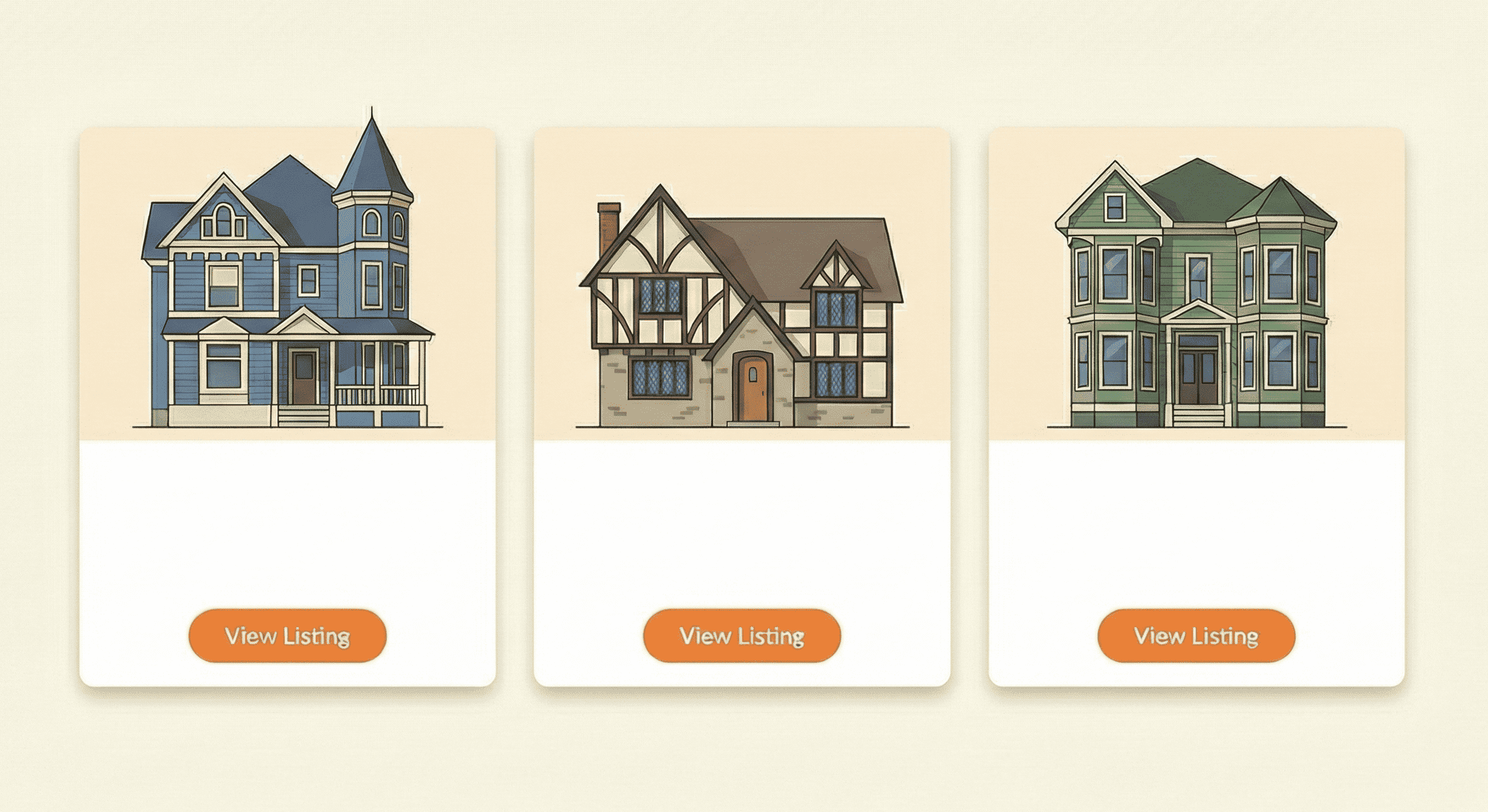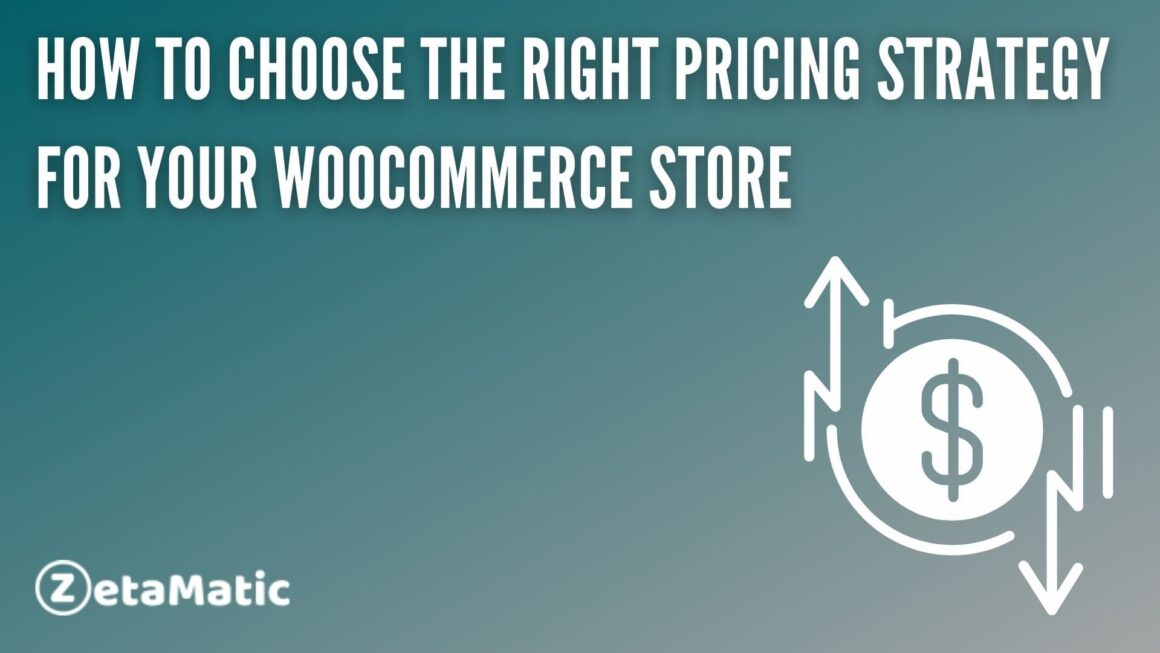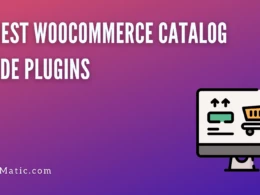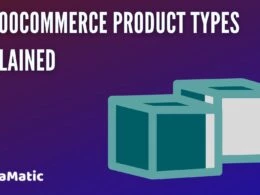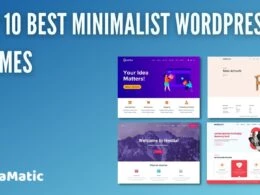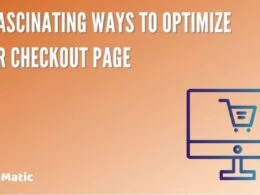Choosing the right pricing strategy for your WooCommerce store can be difficult. It’s one of the hardest things to do if you’re just starting out and want to make money with your own e-commerce store. But it’s also one of the most important. The final price tag will set the course for the profits you generate, or not.
You want to make sure that you’re not leaving money on the table. But you also don’t want to price yourself out of the market entirely. And end up driving away business by making it impossible for customers to buy your products or services at a reasonable price.
To give you some guidance as you formulate your pricing strategy. Here are simple methods that you can use to figure out what your prices should be so that they turn a profit while still appealing to customers.
The big picture
Before anything else, it is very important that you do your research. And make sure you know how much your competitors are charging for their products.
Just like with most other things in life, there are certain trends within industries. So when deciding on a price tag for your product(s), keep in mind where you want to be positioned as a company.
Also, figure out if there’s a market that can bear higher prices than others. For example, brands like Armani can charge way more than H&M because of who they are and what people think about them. This doesn’t mean that everyone wants high-end clothing—but then again some might actually prefer it depending on their circumstances.
Important aspects
The most important aspect of pricing your product is making sure that you price it according to its value. The price of a product should be directly proportional to how valuable it is, but how do you measure a product’s value?
That’s an entirely different question, and can be approached from various angles: Buyer Psychology: One way to measure your product’s value is based on buyer psychology.
For example, if you run a business selling mobile phone accessories, then many customers will purchase your products because they believe that purchasing accessories online saves them money in comparison with shopping at physical stores.
This is what we refer to as a price justification strategy. Research has shown us that buyers are driven by reasons other than saving money when choosing where to buy, so those who choose not to buy from your e-commerce store will probably not base their decision on saving any kind of monetary amount.
Understanding why buyers chose one seller over another helps you identify key aspects of your product. And adjust accordingly – which leads us to our next point.
Comparative Products: Another way to gauge whether or not you are setting a good price for your products is by looking at similar items being sold by competitors. You may think your site’s prices are competitive now. But there might be some missing or other sites out there offering better deals.
Work out your costs
Before you can determine your prices, you need to figure out how much it costs you to produce and sell each unit of your product. These are also called costs-of-goods-sold (COGS). The formula is simple: Cost of goods x number of units sold = COGS amount.
Let’s say you decide on a low-cost, lower-margin product that sells for $10, but it costs $7.50 to produce and ship one unit of that product. That’s $3 in profit per unit—and if you only sell 10 units a month, then that’s only $30 in revenue.
Before jumping into pricing, check your cost structure first; otherwise, too low of prices will have drastic consequences later on.
In general, you want to make sure your price isn’t more than twice as high as your COGS (or twice as much work), or else you won’t be making any money! If something feels off during pricing, remember to refer back to these metrics.
You could have made an error somewhere along the way. And don’t worry about things like markup. It’s hard enough just coming up with a price!
Just keep it simple for now by adding up all of your production costs (not including shipping or fees) and dividing by however many units are in that batch/per hour/etc. Then use that number to set some realistic goals so you know what’s possible with volume sales and increasing efficiency.
Research your competitors
Look at how other businesses in your industry are setting their prices. You can check out what those around you do and get a sense of how pricing is supposed to be. As a rule of thumb, always try and keep your product or service priced at or below your competitors.
That way, even if one provider goes out of business, you’ll still have several buyers looking to get what they need from someone else. You also want to make sure that the price is reflective of quality. So if people would typically pay more, but you haven’t given them a reason why go ahead and bump up that price so people can have confidence in both your product and services.
Add up the numbers
If you want your pricing strategy to work, it must be based on numbers. Decide what your costs are and whether you’re going to use a high-low pricing structure or not. Start by taking stock of your business’s core costs; what do you need in order to operate?
How much will you spend on raw materials and/or labor? Is there a licensing fee that prevents offering a certain product at an especially low price?
Once you’ve got these answers, then start working out how they should affect your prices. As an example, let’s say that overheads are $50,000 per year and management expects profit margins of 30% from product sales.
Review what you have
The first thing you have to do is a SWOT analysis, which involves identifying your strengths, weaknesses, opportunities, and threats. A powerful tool when making decisions in business is a SWOT analysis; it will help you determine what steps you need to take in order to achieve your goals.
The SWOT analysis needs to cover every aspect of your business from customers, sales strategies, technology and marketing channels, etc. You should also consider conducting online research on pricing strategies that worked or failed for other businesses.
Conducting market research is a wise decision as it will give you an insight into how your competitors approach pricing strategies and how effective they are.
Choose a plan for success!
At its core, pricing is all about value. Do your customers find value in what you’re offering? If they do, they’ll pay whatever it costs—that’s why some people are willing to pay big bucks for those new iPhones and Macs!
On the other hand, if you offer something of less value, customers won’t want to pay as much—and that’s what makes choosing a plan for success so important. You don’t want to set your prices too high; then customers might pass on what you have and never return.
But if you set them too low, your business won’t be able to break even or become profitable (in fact, it will lose money). So how do you choose between a loss leader, competitive pricing, and value-based pricing?
You may also like:
8 Best WooCommerce One-Page Checkout Plugins 2022
How to Integrate your WooCommerce Catalog Feed with Instagram?


